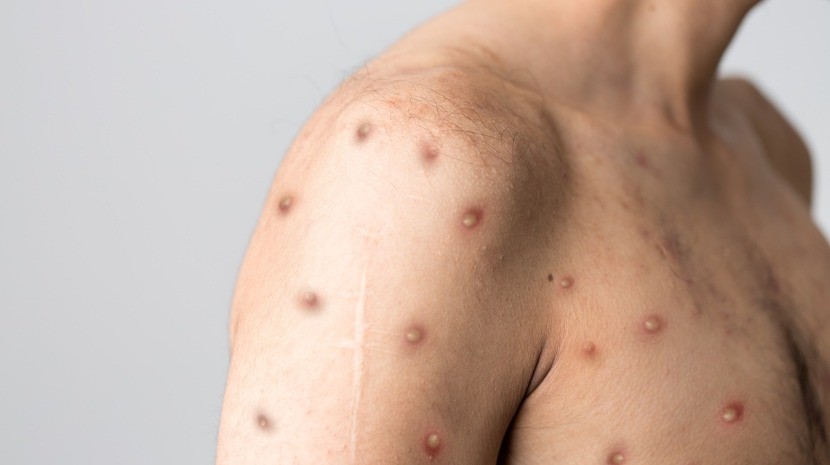In Portugal, 473 cases of Monkeypox have been confirmed, with the Directorate-General for Health (DGS) reporting that a woman has contracted the virus.
According to the DGS, the virus has spread to all mainland Portugal regions and Madeira, with 80% of infections located in the Lisbon and Vale do Tejo area.
Confirmed infections are in men between 19 and 61 years old, although those aged between 30 and 39 are the most affected (45% of cases).
The DGS adds that, until Thursday, “5949 cases were reported by the European Centre for Disease Prevention and Control (ECDC)/World Health Organisation (WHO) in 33 countries in the European region. The countries with the highest number of infections are – The United Kingdom (1351), Spain (1256) and Germany (1242) -.
In addition, the DGS guaranteed that they are continuing to monitor the situation both nationally and internationally, as well as ensuring that publications and recommendations are adapted to suit the situation in Portugal.
Information previously provided by the DGS underlines that a person who is sick is no longer infectious once the skin lesions have crusted over and healed, a period that can take up to four weeks. The most common symptoms include, severe headaches, muscle pain, back pain, tiredness, enlarged lymph nodes with the progressive appearance of rashes that affect the skin and mucous membranes. Skin lesions usually begin one to three days after the onset of fever and may be flat or slightly raised, with clear or yellowish fluid, and eventually ulcerate and form crusts that later dry up and fall off.
The number of lesions on a person can vary, they tend to appear on the face, but can spread to the rest of the body, and in more extreme cases affect the palms of the hands, soles of the feet, mouth, eyes and genitals.
The DGS advises anyone who has symptoms that could be caused by the Monkeypox virus to seek professional health care.
Samantha Gannon
info at madeira-weekly.com





